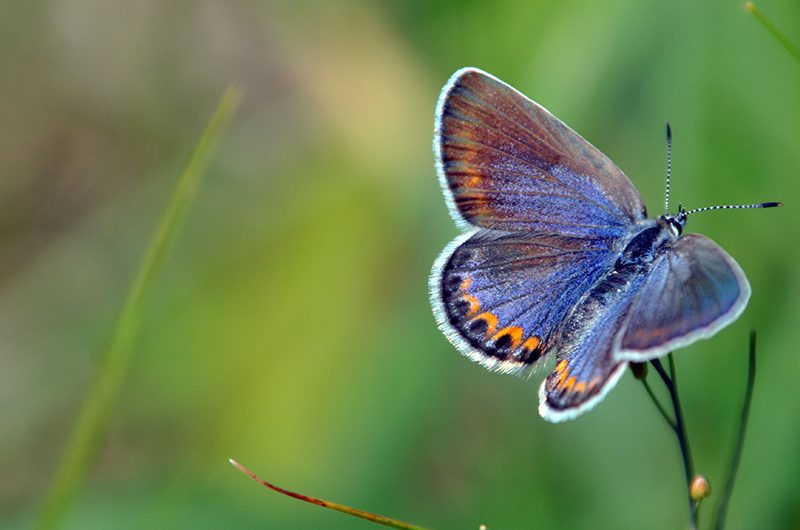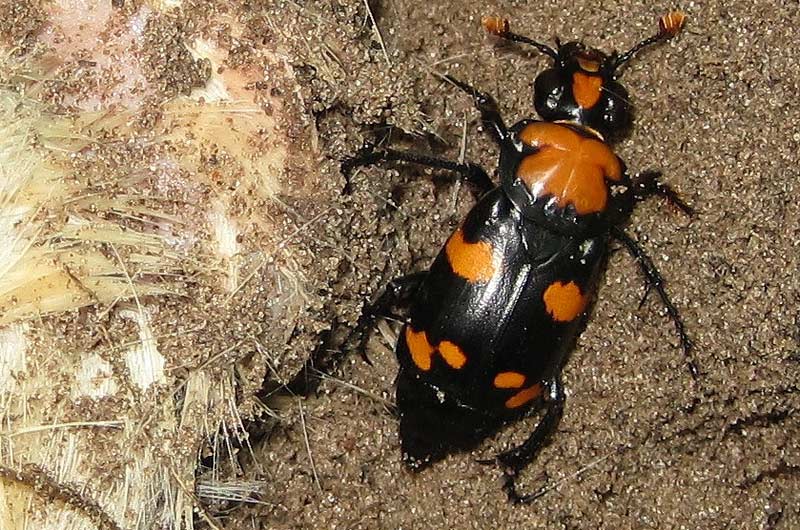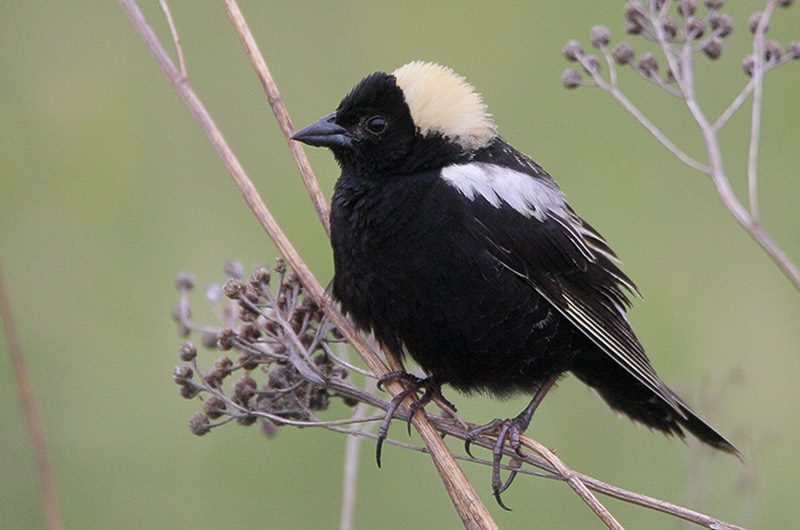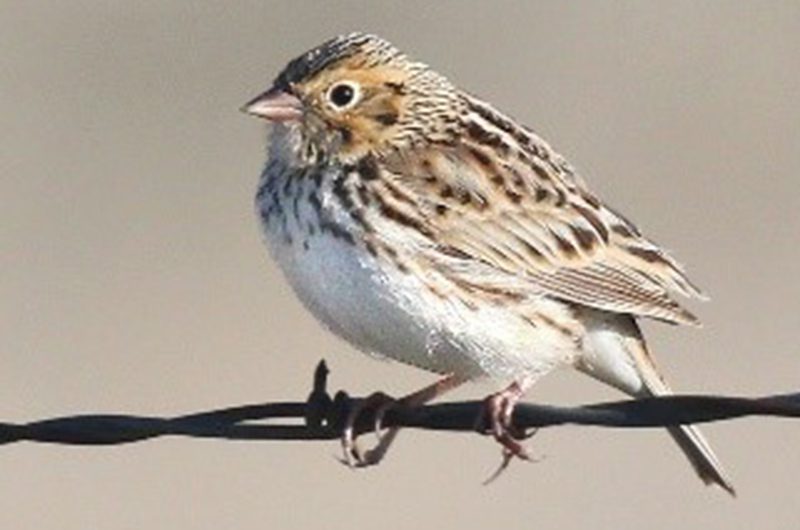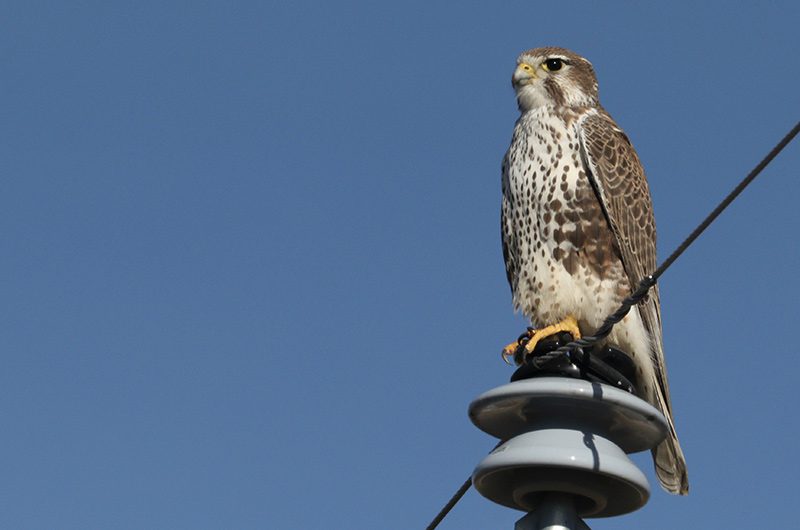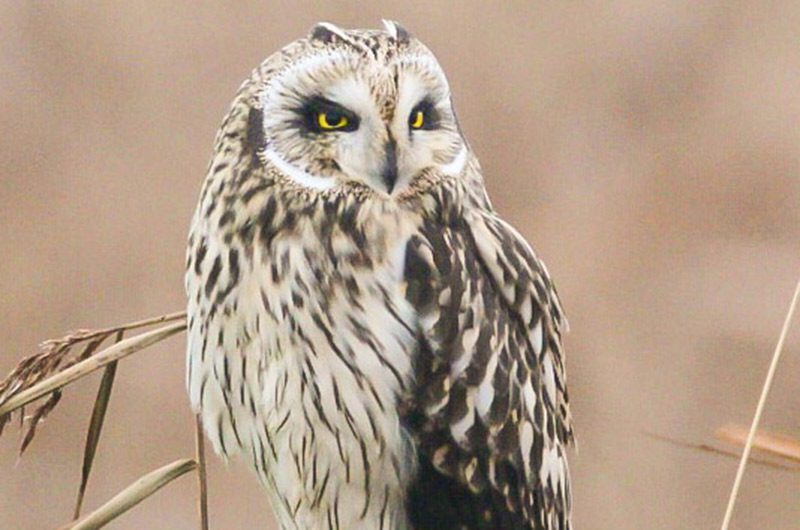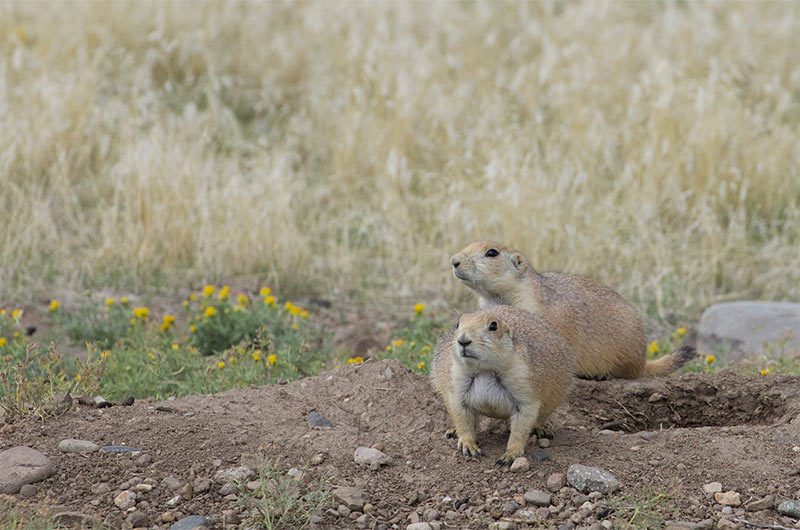LandPKS Learning
Habitat Hub
Factsheets and other helpful resources about the wildlife species living on your land (US only)
Karner Blue Butterfly
Karner blue larvae have a symbiotic relationship with ants. Ants collect a sugary secretion from Karner blue larvae and in return, tend to the larvae and protect them from predation.
Read moreAmerican Burying Beetle
The minimum carrion size for breeding purposes is small birds or mammals. Beetles will fight over highly desirable carcasses until one dominant male and female American burying beetle remain. Together they bury the carcass using secretions to preserve it.
Read moreBobolink
The species name of the bobolink, oryzivorus means “rice eating” and refers to this bird’s appetite for rice and other grains, especially during migration and in winter. One of the most impressive songbird migrants, traveling some 12,500 mi/20,000 km to and from southern South America every year. A migrating bobolink can orient itself with the earth’s magnetic field, thanks to iron oxide in bristles of its nasal cavity and in tissues around the olfactory bulb and nerve. Bobolinks also use the starry night sky to guide their travels.
Read moreSonoran Desert Tortoise
Sonoran Desert tortoises eat a wide variety of wildflowers, grasses and cacti. However, they will also occasionally eat insects, especially when young. Some have even been observed scavenging road-kill lizards. Additionally, Sonoran Desert tortoises eat soil with calcium carbonate for nutrients.
Read moreBaird’s Sparrow
Baird’s sparrows were recently discovered breeding in the grassland prairie of northeastern Colorado. They typically breed hundreds of miles away in northeastern Montana, western North Dakota, and southern Canada. This discovery means the species can successfully colonize and nest in a different location and habitat than it has in the past.
Read moreMojave Desert Tortoise
Desert tortoise eggs and young are prey for many species, including Gila monsters, snakes, raptors, skunks, kit foxes, and coyotes. Ravens can cause a substantial decline in desert tortoise populations, especially near developed areas. However, once a desert tortoise reaches adulthood, predation risk is far lower and annual survivorship surpasses 90%.
Read moreBighorn Sheep
A male bighorn sheep has horns that can weigh up to 30 lb/14 kg. Rams compete for mating rights by rushing, rearing up, and crashing their horns together. The sound of their ramming can be heard echoing through the mountains.
Read morePrairie Falcon
Prairie falcon pairs are notoriously aggressive in defending their nest sites—against great horned owls, eagles, hawks, and even other prairie falcons, sometimes killing fledglings that stray into the wrong territory.
Read moreShort-Eared Owl
Short-eared owls can travel long distances over vast expanses of ocean. Witnesses have reported seeing these owls descending on ships hundreds of miles from land.
Read moreBlack-Tailed Prairie Dog
Black-tailed prairie dog families consist of one male, three or four females, and their pups. Female black-tailed prairie dogs are in estrous for a single day, which is when all breeding takes place. Only about half will wean a litter because of high mortality rates of pups. Males leave their families a year after weaning.
Read more
Mobile App | Data Portal | Knowledge Hub | Habitat Hub | Learning Collections | Blog | About | Contact | Support

